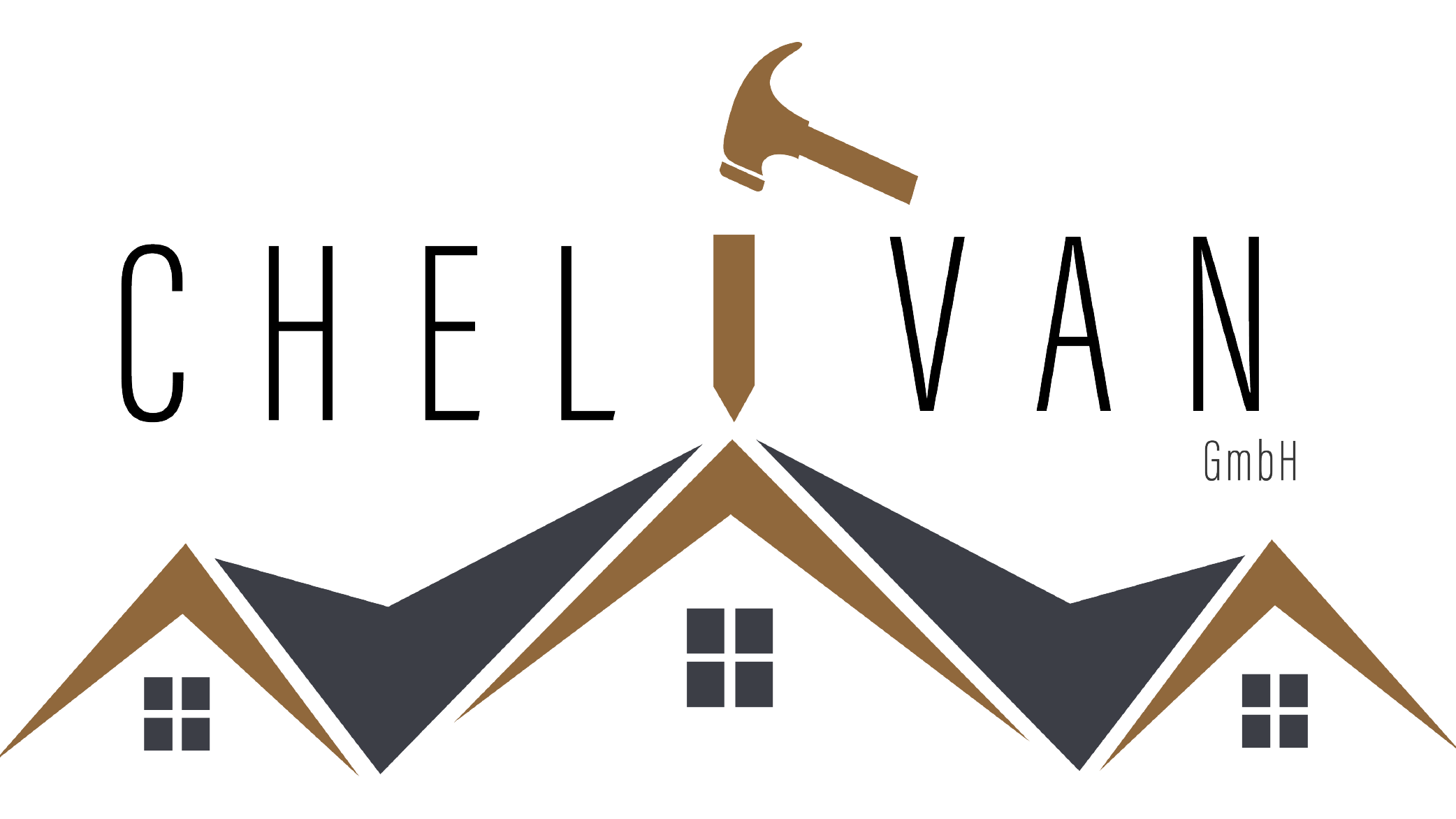Power Your Life with Clean Solar Energy

Sustainable Energy Solutions for a Brighter Future
Switching to solar power offers significant advantages. It drastically reduces your electricity bills, increases your energy independence, and lowers your carbon footprint. A solar system is a long-term investment that adds value to your property and provides a reliable, clean energy source for decades.
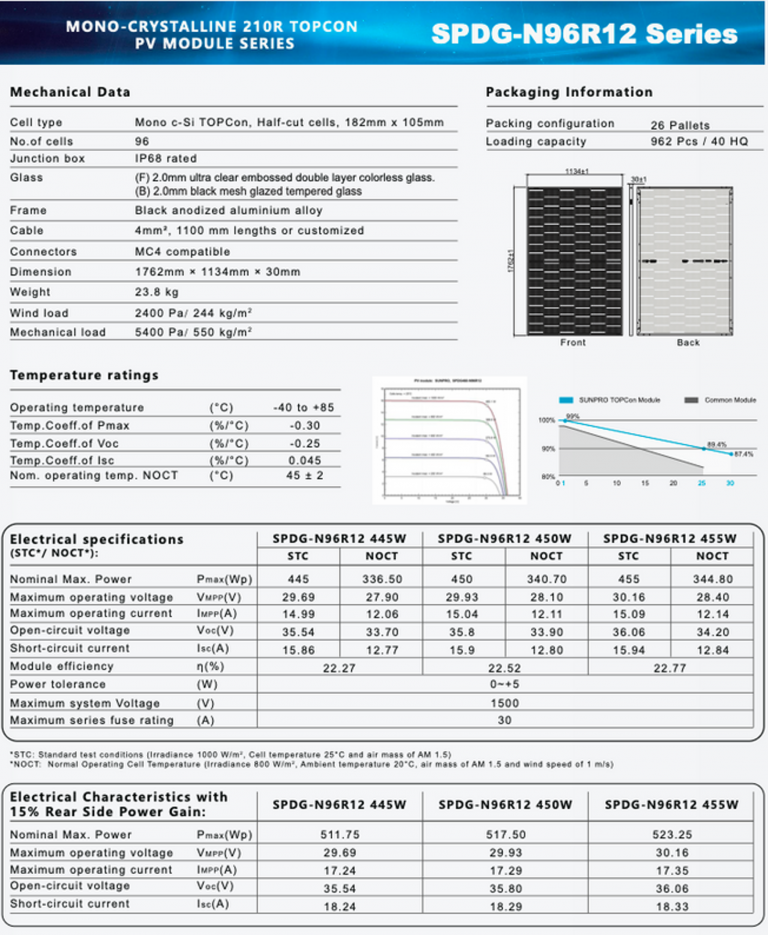
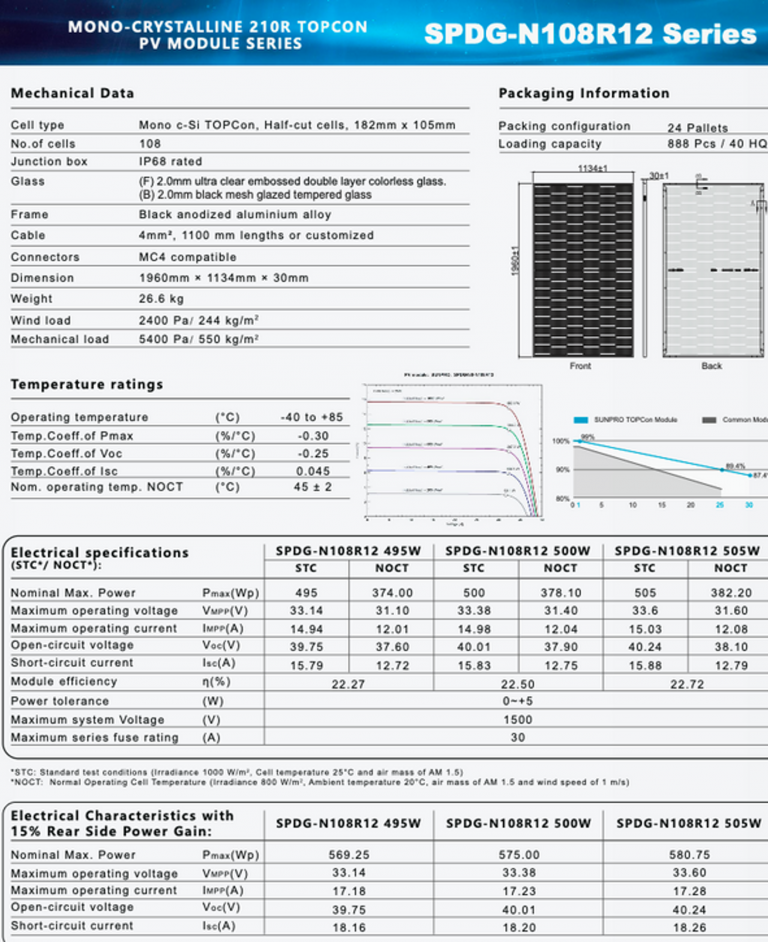
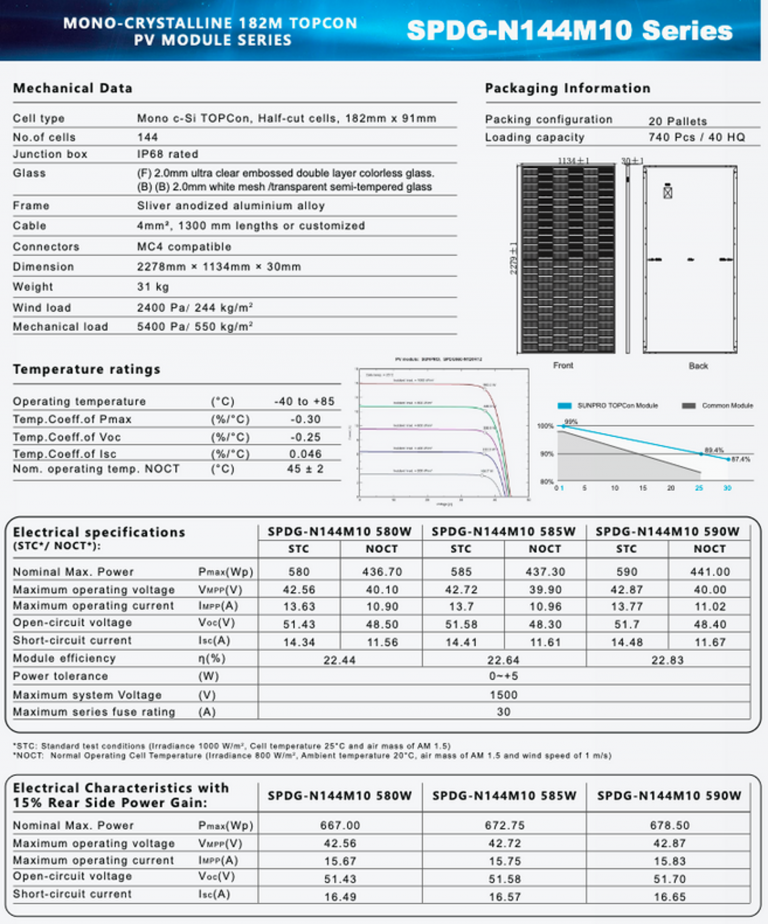
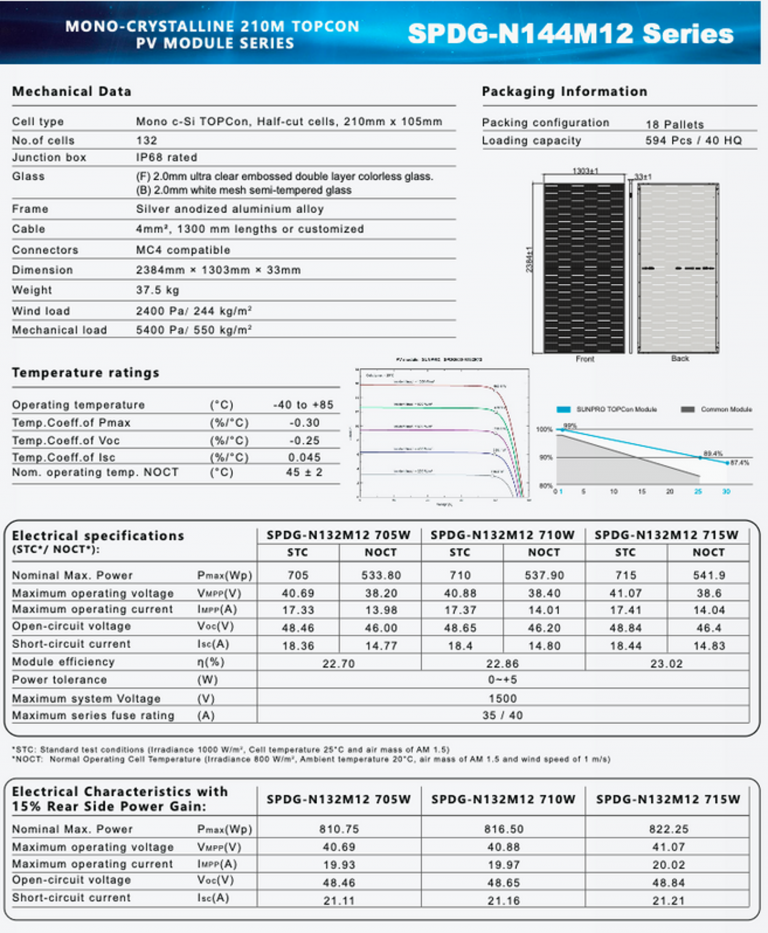
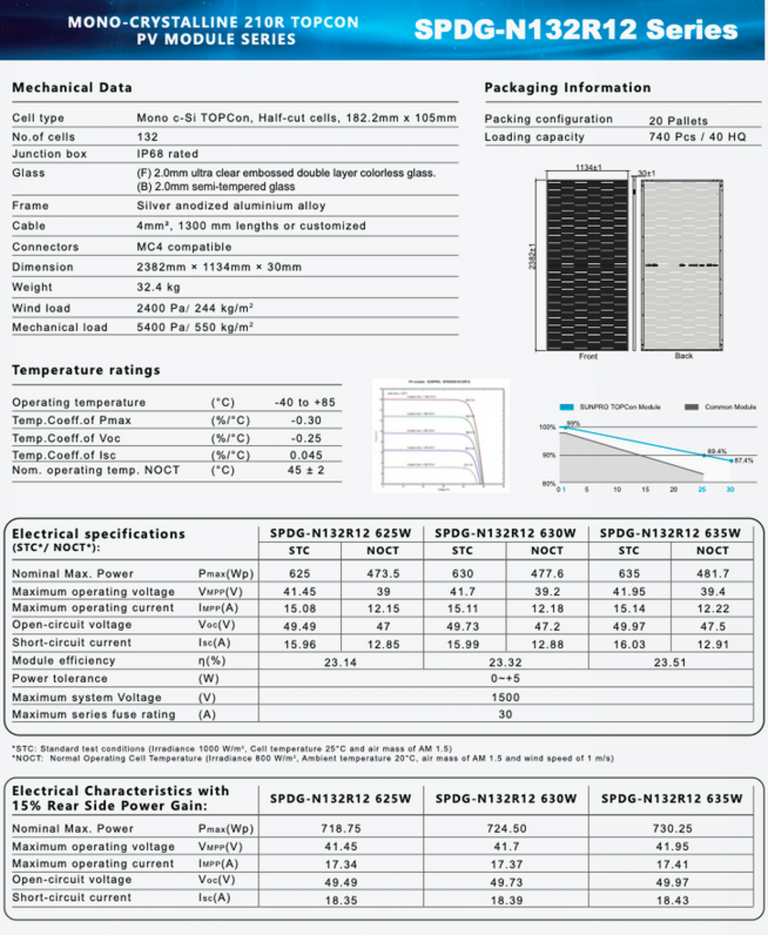
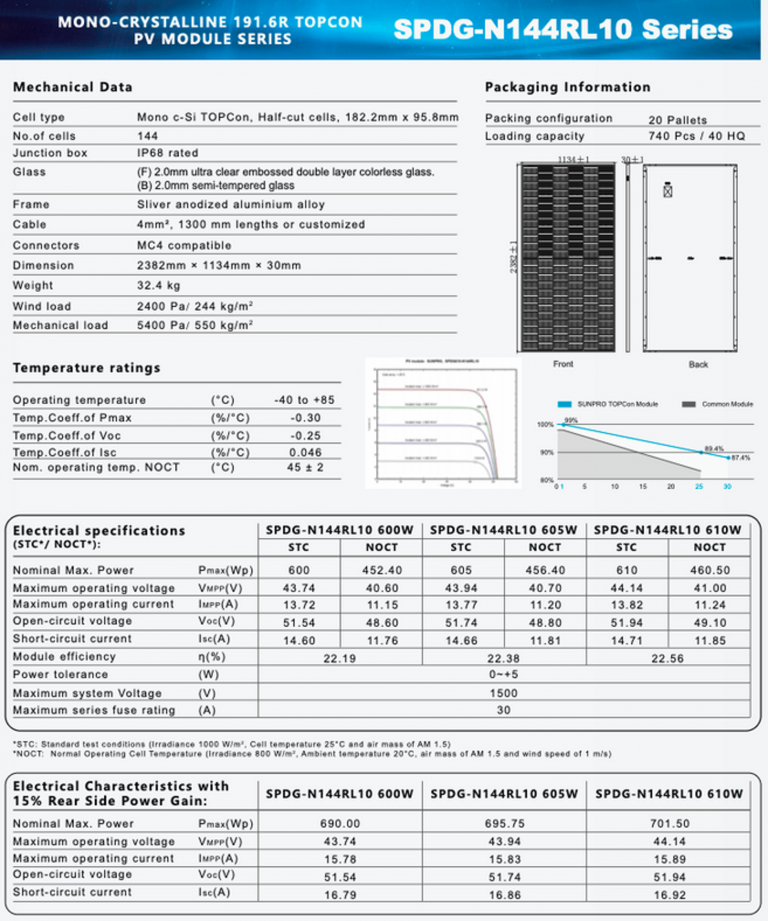
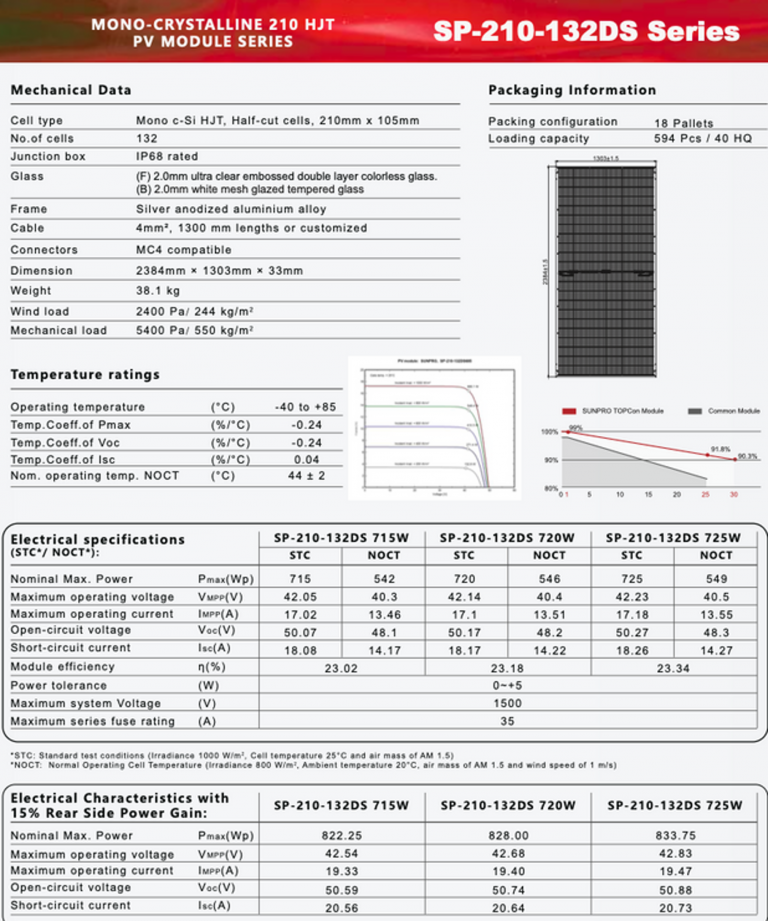
Power Plant Projects
600-MW Power Plant (2025)
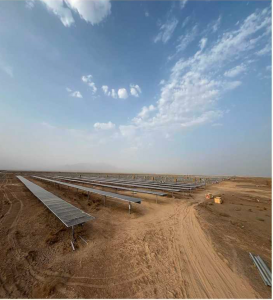
Engineering, procurement & construction (EPC) of 40 MW Powerplant (2022-2023)
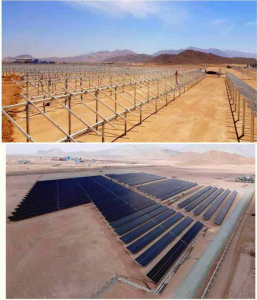
Engineering, procurement & construction (EPC) of 5 MW Solar farm (2018-2019)
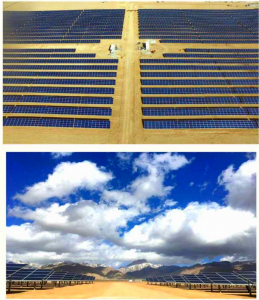
Supply of equipment & electrical construction of 10 MW solar farm (2019-2020)
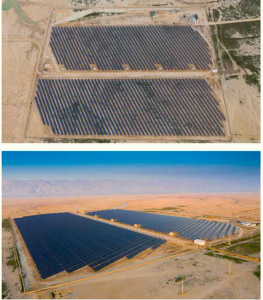
Electrical construction of 10 MW solar farm (2021)
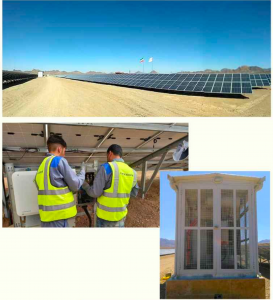
Operation and maintenance of 10 MW solar farm (2018-2019)
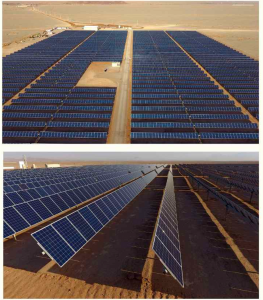
Design, procurement, installation and commissioning of 120 kW On-Grid solar power system (2014)
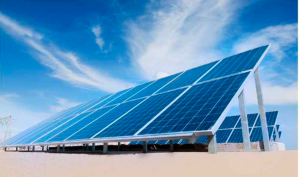
Design, procurement, installation and commissioning of 150 kW On-Grid solar power system (2016)
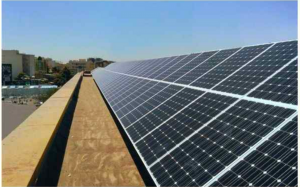
Design, procurement, installation and commissioning of 100 kW On-Grid rooftop solar power system (2016)
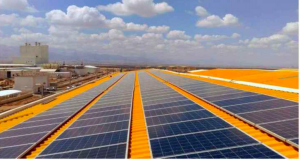
Solar Energy Solutions & PV Systems 20 MW
1. Capacity & Configuration
PV DC: 20.00 MWp (N-Type TOPCon 615 W; ~32,520 modules) AC (POI): 16.00 MWac (ILR = 1.25)
Inverters: 80 × 200 kW string inverters (LV 400 V), multi-MPPT, AFCI where mandated Transformers: 4 × 5 MVA LV→33 kV (N+margin), 33 kV RMU/switchgear with bus- coupler
Mounting: Rooftop + Carport (aluminium / HDG steel) with wind design to EN 1991-1-4; rooftop fire-breaks & access aisles
BESS: 40 MWh / 20 MW (LFP), RTE ≈ 90%, C-Rate 0.5–1.0 C
Use cases: peak-shaving (demand charge), time-shift (evening cooling/backup), export-limit support, ramp-rate smoothing
Stringing reference (illustrative): ~1,480 strings @ 22 modules/string (final count tuned to Voc/NOCT and inverter MPPT window)
2. Engineering & Design
DC topology: 1,500 V strings; ILR set for hot/dusty climate to balance clipping vs. thermal & BOS losses
Cable & losses targets: ≤ 1.5% (DC) and ≤ 2.0% (AC) voltage-drop; DC isolators/fuses as required
Protection: Type II SPD on DC/AC; earthing & lightning to IEC 60364-7-712 / IEC 62305 Modules: Tier-1 TOPCon/HJT compliant IEC 61215/61730; optional IEC 61701/62716 for corrosive/ammonia atmospheres
Inverters: IEC 62109-1/-2; dynamic anti-islanding per local grid code; PF/ramp-rate controls
AC system: LV switchboards → step-up transformers → 33 kV RMU; busbar thermal rating with contingency; metering & M&V at POI
Selectivity & relays: ANSI/IEC functions 21/50/51/67/27/59/81(ROCOF); coordination study and settings file delivered
Power quality: harmonic compliance (IEEE-519), flicker limits, negative-sequence & ROCOF checks
3. Site Survey, Data Intake & Approvals
Data intake: 12-month bills, facility load profiles (cold-rooms, chillers, compressors), roof/structural drawings, site photo log
Survey: horizon/near-shade study; cable routes & tray sizing; crane/lift access; exclusion zones; construction laydown areas
Approvals: technical/HSE/organizational dossiers for NOC and DSO interconnection at 33 kV; metering/M&V plan; net-metering/self-consumption framework alignment
4. Construction, HSE & QA/QC
Method statements: roof works, carport foundations, cable trays, terminations, MV yard & RMU installation
HSE: PTW, LOTO, Work-at-Height; TRIR < 0.3 target; rescue plans; hot-work controls; confined-space procedures as applicable
QA/QC & tests: ITPs (incoming / in-process / final), IV-curve, insulation/continuity, thermography; transformer ratio & insulation tests; FAT/SAT where applicable
Commissioning: monitoring portal setup; inverter/plant functional tests; PAC issuance
- closeout → FAC; spares hand-over & O&M onboarding
5. Performance & KPIs
Specific Yield: ≈ 1,650–1,800 kWh/kWp·yr (C&I rooftop/carport )
PR (Design): ≈ 80–83% (soiling, temp, mismatch, clipping, cable/protection modelled) Net Annual Generation (P50): ≈ 33–36 GWh/yr (base: 1,700 kWh/kWp·yr ⇒ 34 GWh/yr) Availability (O&M target): ≥ 99%
Peak-Shaving (with 20 MW PCS): up to ~15–20 MW during critical windows (subject to site load & export-limit policy)
BESS operating window: SoC 20–90%, calendar/cycle life optimized by EMS; black-
6. Grid Integration & SCADA
POI: 33 kV; export-limit per DSO; PF set-point (e.g., ≥ 0.98 lead/lag) & ramp-rate limits (e.g., ≤ 10%/min)
Relays & settings: 21 (distance) / 67 (dir O/C) at MV; 50/51/27/59/81 at LV/MV with coordination to DSO; anti-islanding per code
SCADA/Monitoring: web portal with real-time KPIs (Availability, PR, Soiling, alarms); secure LAN/VLAN or APN; OT cybersecurity aligned with client policy.
7. O&M Strategy (Hot/Dusty Sites)
SLA: response < 2 h, MTTR < 8 h; stocked spares (inverters/SPDs/fuses/connectors) PM & washing: cadence by soiling index; torque audits; seasonal thermography; quarterly IV-traces
Performance audits: annual P50 comparison; degradation tracking; optimization actions (cleaning cadence, inverter set-points, EMS tuning)
8. Risks & Mitigations
Roof structural capacity: independent structural survey; reinforcement or ground- mount overflow where required
Voltage rise / reverse power flow: export-limit control, reactive support, BESS time- shift; adhere to DSO voltage bands
Curtailment/policy changes: contract clauses in PPA/Lease; phasing flexibility
Thermal & soiling: module spacing/ventilation; optimized washing; anti-soiling coatings if economically justified
Supply chain & lead-times: multi-source Tier-1 vendors; buffer stock; pre-qualified alternates and FAT options
9. ESG & Reporting
CO₂e avoided (indicative): ~20–25 ktCO₂e/yr at the stated generation (grid-intensity dependent)
Water & waste: optimized washing water use; WEEE-aligned end-of-life plan; housekeeping & recycling on site
Reporting: monthly/quarterly KPI dashboards; lender pack (GHG Scope-2 accounting)
10. Standard Deliverables
PVsyst energy reports (Yield/PR, loss diagram, P50/P90)
SLDs & layouts, cable & protection calculations, structural calc book BoM/BoQ, master schedule, HSE Plan, O&M Plan
Commissioning dossier (FAT/SAT, test reports), As-Built drawings, O&M manuals
11. Phasing (recommended for 20 MWp campus)
Phase 1: 10 MWp DC / 8 MWac, partial BESS 20 MWh/10 MW (priority roofs & main carports)
Phase 2: 10 MWp DC / 8 MWac, expand BESS to 40 MWh/20 MW; integrate ground- mount overflow if roof availability is constrained
